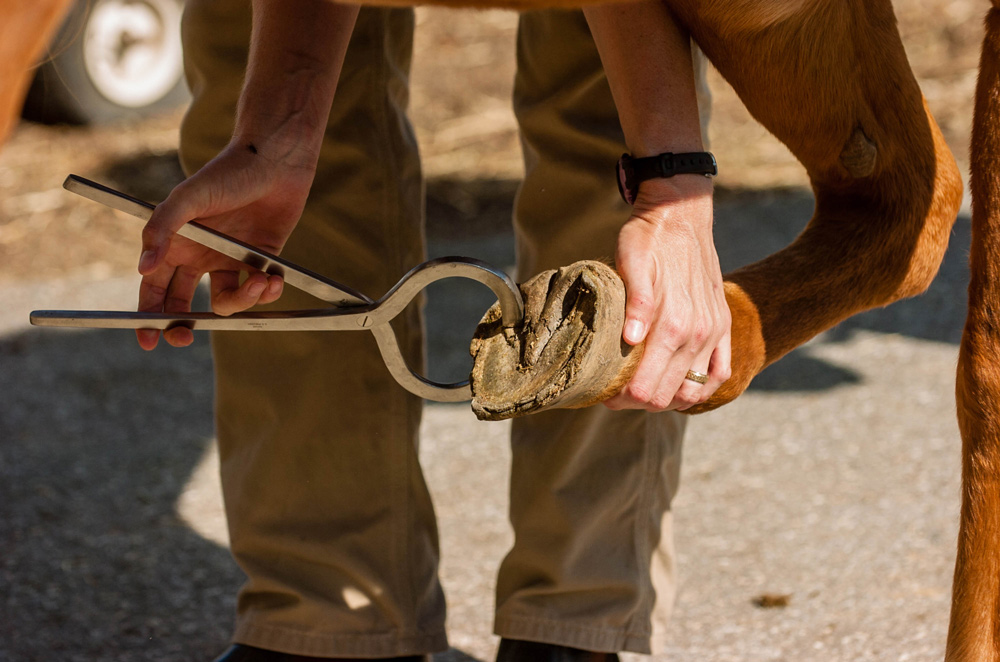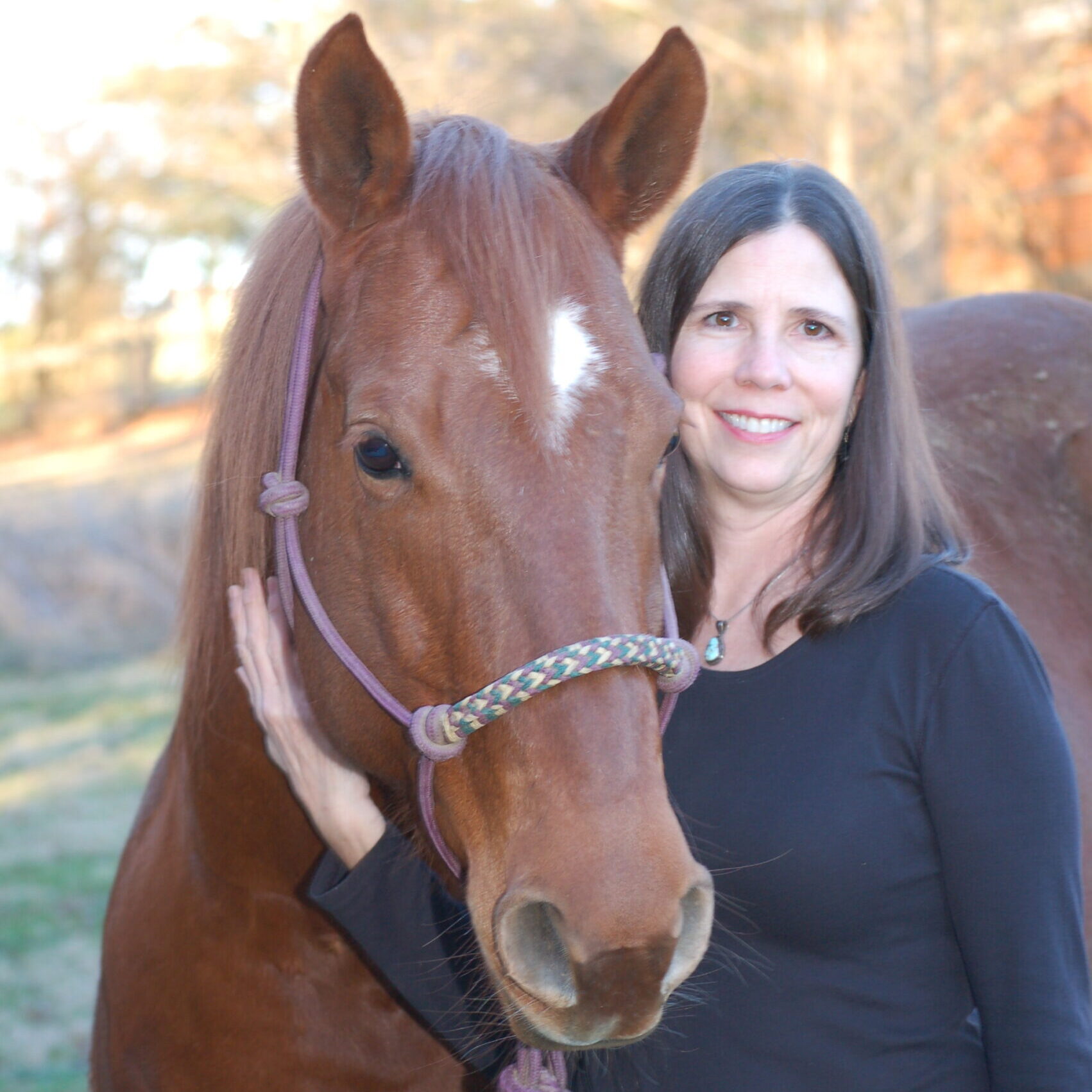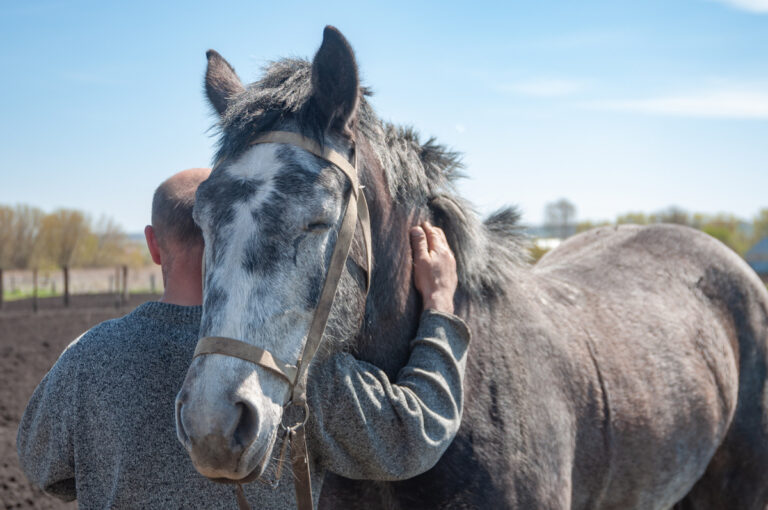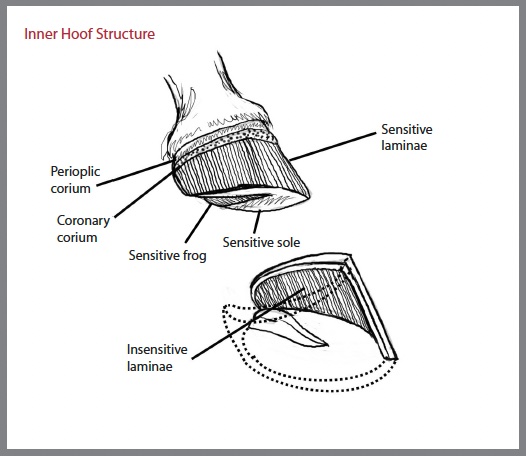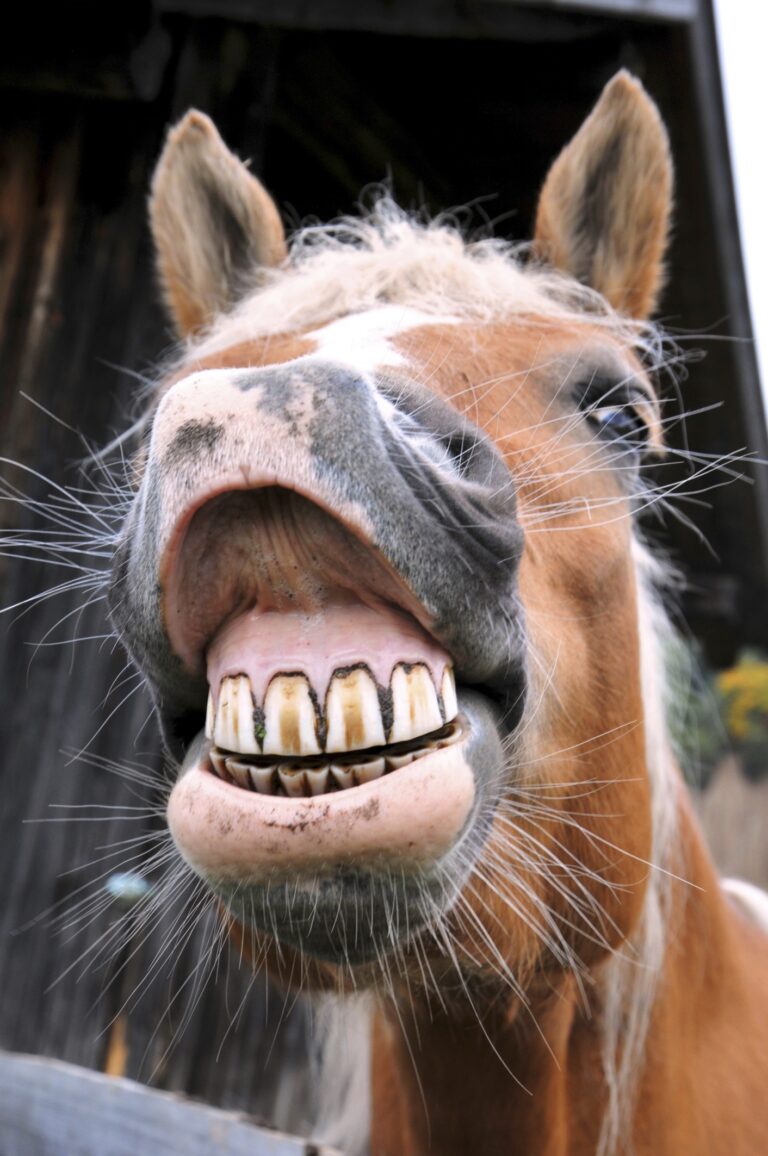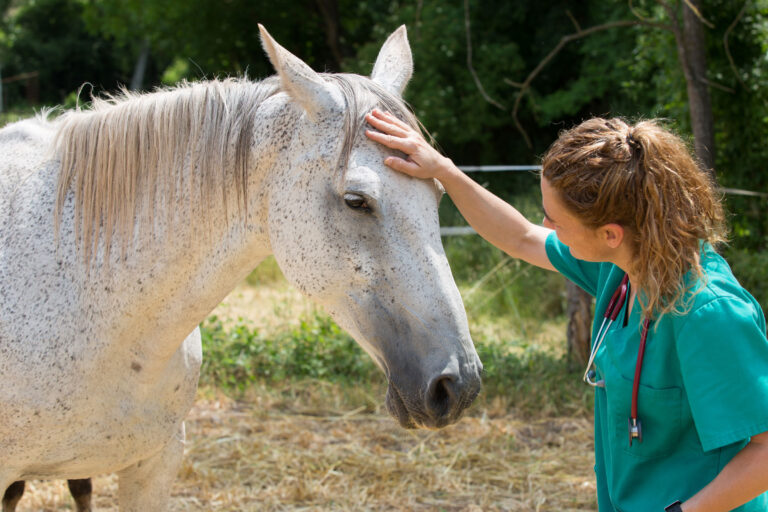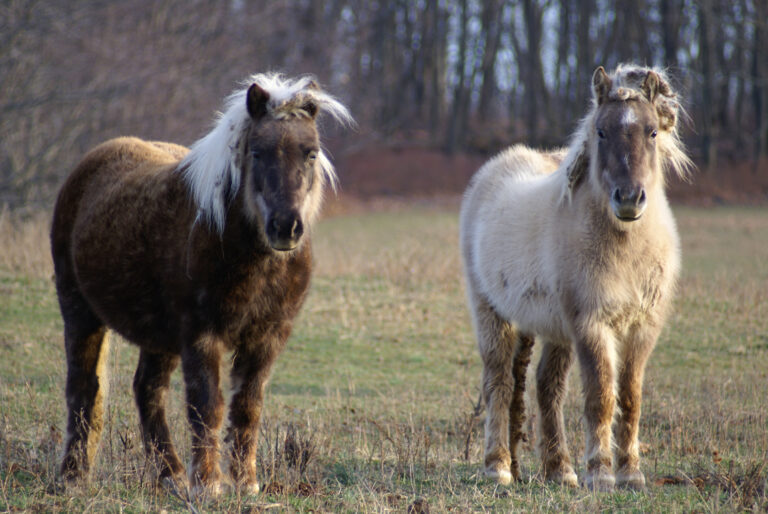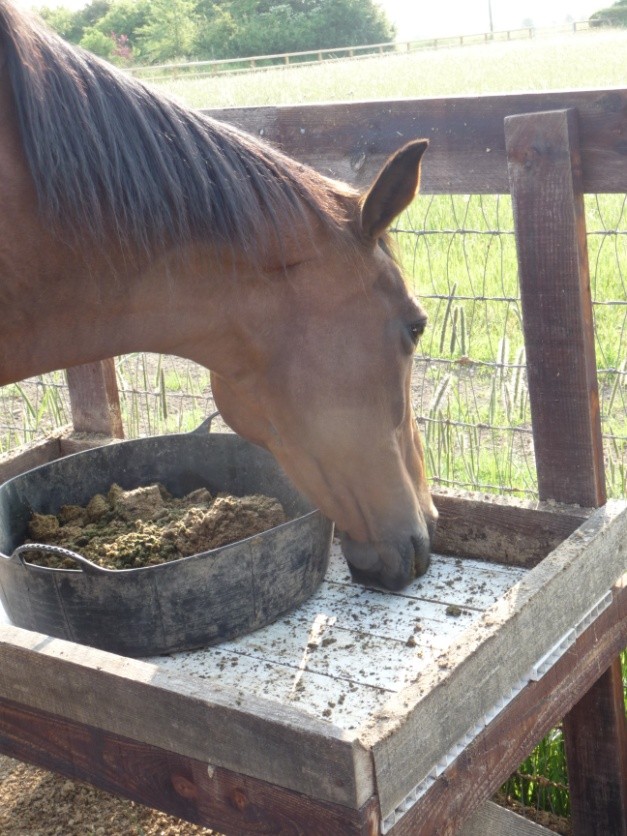A survey was conducted among owners of horses 15 years of age or older to gauge owner knowledge of pituitary pars intermedia dysfunction (PPID, also called Cushing’s disease). The researchers created the survey study because this condition “is an important and common condition in older horses and ponies and is linked to a range of other problems such as laminitis and loss of muscle mass.”
Overall, 1,143 survey responses were received from Europe (49%), Australia and New Zealand (32%), and North America (18%).
Researchers grouped respondents based on their self-declared understanding of PPID. 43% classified themselves as having an ‘incomplete understanding’ and 57% classified themselves as having a ‘good understanding.’
The title of the research was, “Results of an international survey of owners’ knowledge regarding PPID: Identifying areas for owner education.” It was presented at the 2025 Global Equine Endocrinology Society meeting by Dr. Pat Harris of Waltham Petcare Science Institute. Other authors were Drs. Nicolas Galinelli (who undertook the work as part of his PhD studies), Nicholas Bamford, and Simon Bailey from the University of Melbourne in Australia.
Study Goals
The goals of this study were:
- to investigate the ability of owners to recognize PPID;
- to assess horse owners’ levels of understanding about the condition;
- to explore factors influencing owners’ decisions about management, veterinary involvement, and treatment of this condition;
- to look at how horses with and without this condition are being fed; and
- to highlight aspects where further education of owners should be targeted, and the channels through which owners are most likely to seek this information.
The study also asked owners who were managing animals with PPID about their decisions, veterinary involvement, and treatment.
Study Results and PPID Awareness
52% of respondents had horses 15-20 years old, 47% had horses aged 20-25 years old, and 40% had horses over 25 years old. The respondents owned a variety of purebred and mixed breed horses and ponies.
Respondents who declared an incomplete understanding of PPID rated long and curly hair as the most indicative clinical sign. The researchers noted that this was the most obvious characteristic sign of PPID.
Respondents who declared a good understanding of PPID rated laminitis as the most important clinical sign. They rated the susceptibility of infections as more important than people who declared poor understanding of PPID.
Laminitis is the most clinically serious condition that might occur in PPID animals. But, laminitis is not always associated with this condition, the researchers noted.
Sources of information for general health and management were different between owners in the ‘good understanding’ and ‘incomplete understanding’ groups.
Both groups selected veterinarians as their main source of information.
Owners in the incomplete understanding group followed veterinary sources with nutritionists, trainers, and farriers.
Owners in the good understanding group ranked scientific papers as the next-most-important source of PPID information.
Nutrition and PPID
Some owners developed a specific diet for an affected horse. The main concerns they said they had taken into consideration were laminitis (nearly 60% stated this), plus whether the animal was obese or underweight, and if the horse had dental problems.
Despite laminitis being a key dietary consideration for many owners of PPID horses, a proportion of them were feeding diets high in non-structural carbohydrates (i.e., starch and water-soluable carbohydrates). Such a diet would be contraindicated when trying to reduce the risk of laminitis and pointed to more education being needed.
Final Words
Nearly half of the owners in this global survey stated that they had an incomplete understanding of PPID. That means future education on this condition could have a positive effect on the care and management of these afflicted animals.
Further Reading
- Research on Long-Term Treatment of PPID Horses. MySeniorHorse.com
- New PPID Research Receives Special Recognition. Sarah Nelson. MySeniorHorse.com
- Diagnosing and Managing PPID in Horses. Kimberly S. Brown. MySeniorHorse.com
- My Senior Horse Podcast: Laminitis Risks. Dr. Edd Knowles. MySeniorHorse.com
- PPID and Insulin Dysregulation in Warmblood Breeds. Kimberly S. Brown. MySeniorHorse.com
- Horse Breeds, PPID, and Insulin Dysregulation. Kimberly S. Brown. MySeniorHorse.com
- What is PPID and Why Should I Care? Dr. Hal Schott. MySeniorHorse.com
- Developing a Feeding Plan for Your PPID Horse or Pony. Dr. Pat Harris. MySeniorHorse.com
- Possible New Insulin Dysregulation Treatments. Kimberly S. Brown. MySeniorHorse.com
- Owner Understanding of PPID in Horses. Kimberly S. Brown. MySeniorHorse.com
- Diagnosing Cushing’s Disease in Horses, Donkeys, and Mules
- Owner Understanding of Cushing’s Disease in Horses
- My Senior Horse Podcast: PPID Part 1. Dr. Hal Schott. MySeniorHorse.com
- My Senior Horse Podcast: PPID Part 2. Dr. Hal Schott. MySeniorHorse.com
- My Senior Horse Podcast: PPID Part 3. Dr. Hal Schott. MySeniorHorse.com
-
Kimberly S. Brown is an award-winning writer and publisher. She is the Editorial Director for My Senior Horse. Brown spent 10 years at Equine Network, parent company of My Senior Horse. Prior to that she worked for three years in equine nutrition after she retired from nearly 30 years working at The Blood-Horse. Brown spent the last 15 years of her time at that organization creating and developing The Horse and TheHorse.com.View all posts

